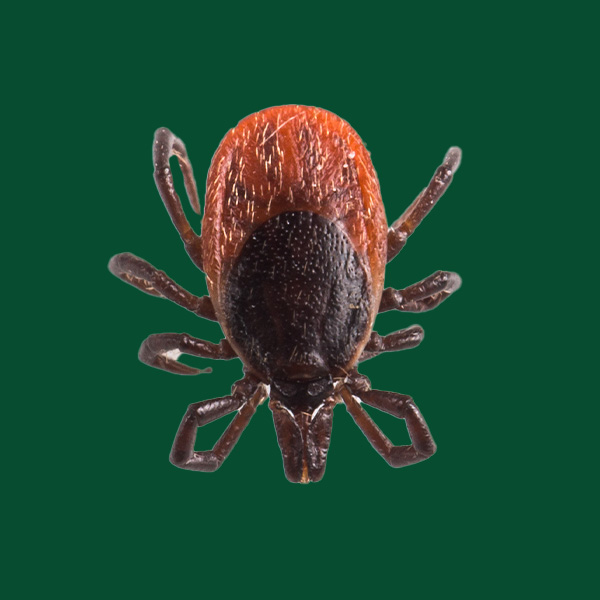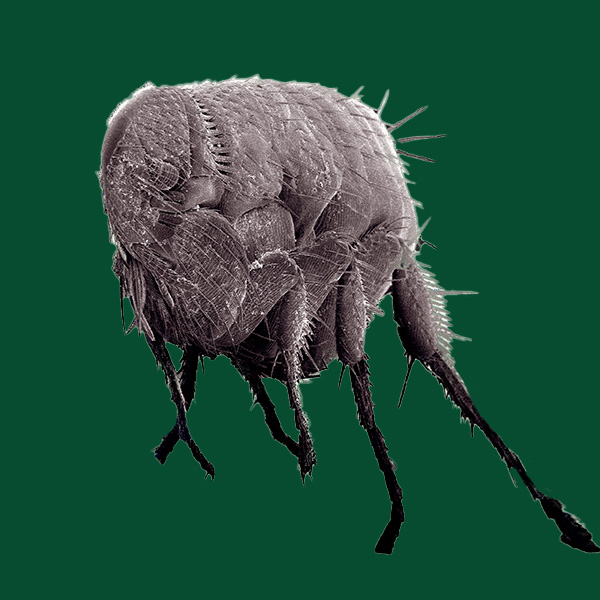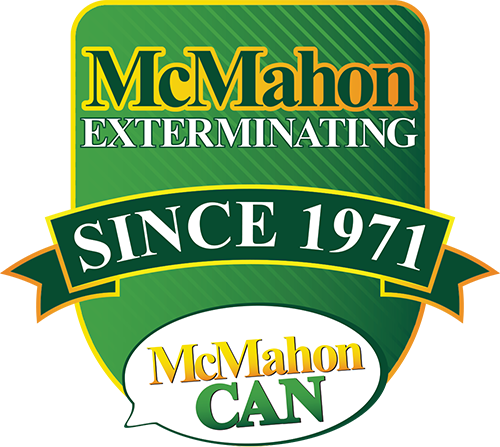
Flea/Tick Lawn Extermination Service
Treatment Plan:
The first and most important step to an effective Flea/Tick lawn and landscape program is the inspection.
The inspection consists of walking the property to determine locations of conditions which are conducive to Flea and Tick infestation and to evaluate heavily populated breeding areas, and to compile a detailed plan of attack. The plan of attack will generally require the homeowner to help aid in eliminating the conditions conducive to infestation and will also have a comprehensive plan as to how our trained technicians will treat the property.
Flea/Tick lawn and landscape applications are done every 4-6 weeks, depending on weather conditions, and severity of the problem. Treatments for the Evansville area start in March and April then generally run through October.

Ticks
Ticks are small, very patient and amazing in their approach to locating their host/prey. Their purpose in life like so many species is to propagate their species. They don't feed often, but when they do, they can acquire disease agents form one host and pass it to another host at a later feeding. Their sensory organs are complex and they can determine trace amounts of gases, such as carbon dioxide left by warm-blooded animals and man. They can sense the potential host's presence from long distances and even select their ambush site based upon their ability to identify paths that are well traveled. Although the number of tick species is in the hundreds, there are relatively few ticks that interact with mankind and domestic animals causing harm.
Schedule Now
Fleas
Fleas have a laterally compressed body, a tough, smooth cuticle with many backward-projecting bristles, and relatively long legs. The mouth parts of fleas include stylets that are used to pierce the skin of the host animal, so that a blood meal can be obtained by sucking. Fleas have a life cycle characterized by four developmental stages: egg, larva, pupa, and adult. The eggs are usually laid close to the body of the host in a place where the host commonly occurs, for example, on the ground, in a bird or mammal nest, or in carpets or soft furniture in homes. Larval fleas have chewing mouthparts and feed on organic debris and the feces of adult fleas, while adults require meals of bird or mammal blood.
Both pest species require blood for food and therefore make them both a problem for humans and our pets. We have a lawn and landscaping treatment program to eliminate these blood thirsty parasites.

